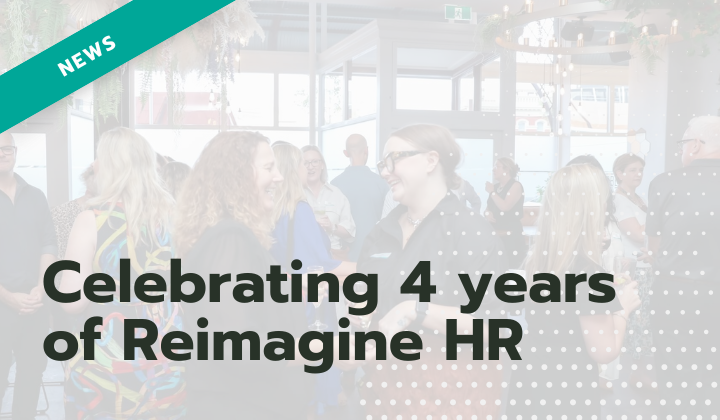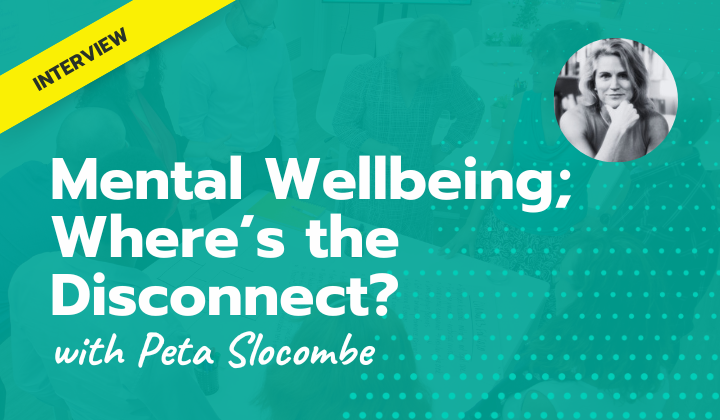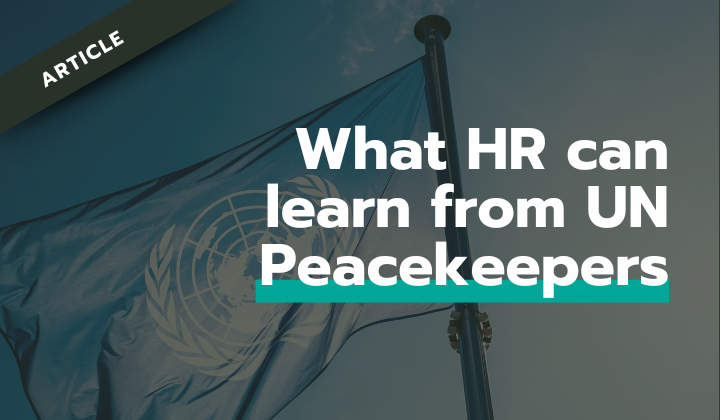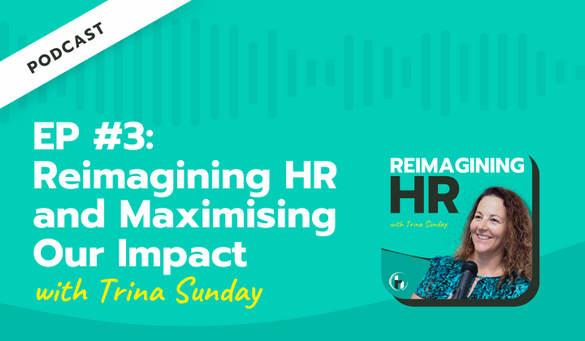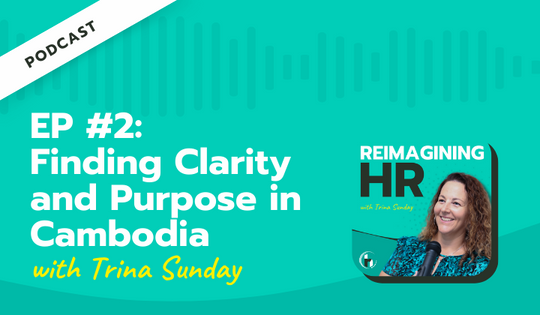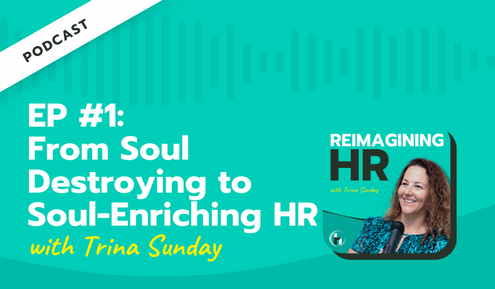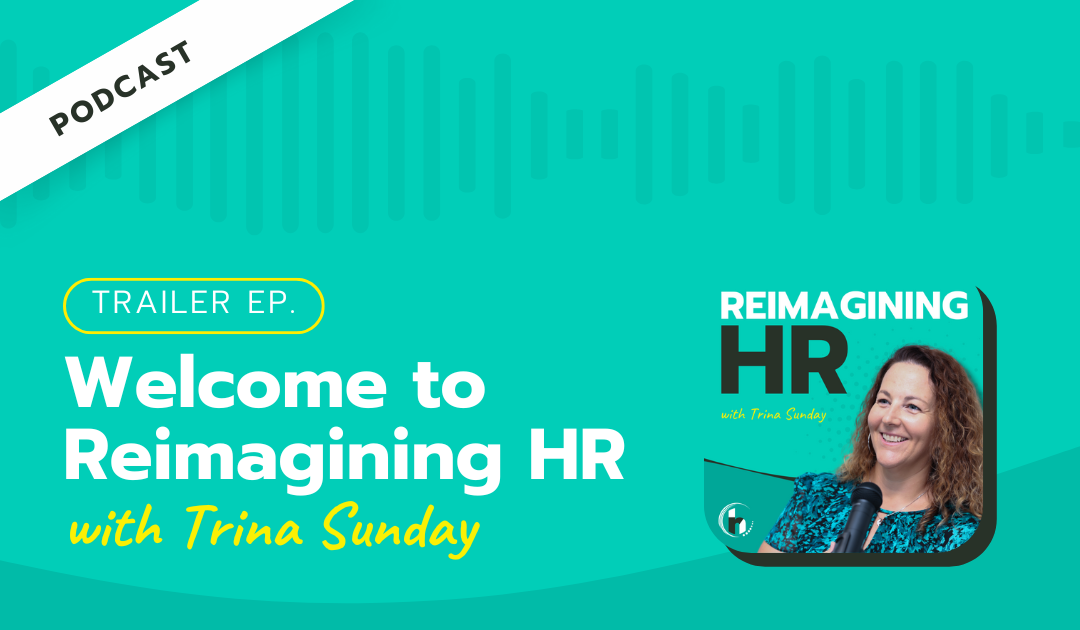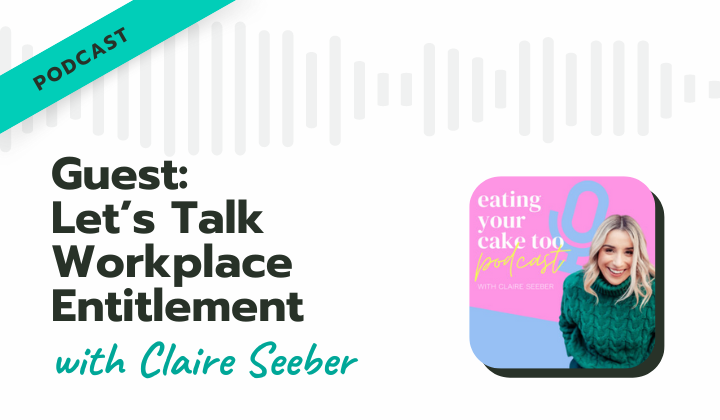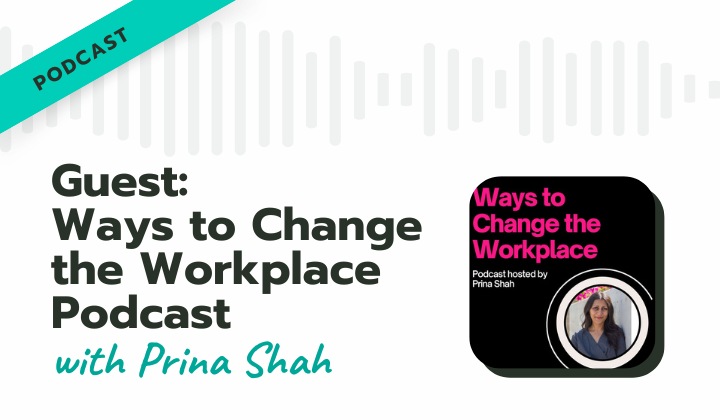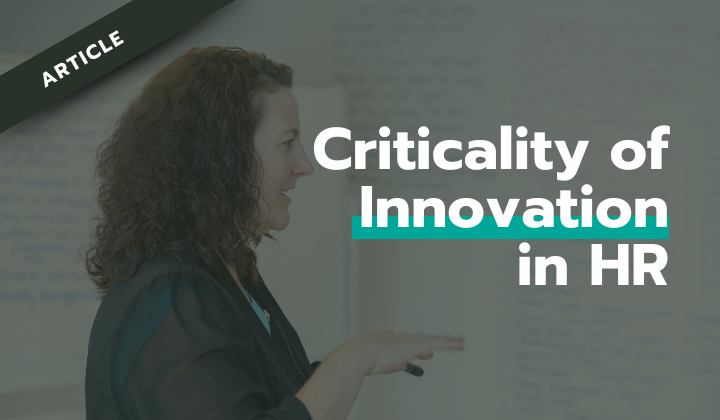Supporting mental wellbeing in the workplace
In 2020 the Commission for Occupational Health and Safety in Western Australia sought public comment on a code of practice for Psychosocial Hazards in the Workplace. At the time, every leader and HR Manager that I spoke to was feeling anxious about the changes. There was uncertainty about what the code actually meant and the practicalities of administering it, especially when the lines between home workspaces and traditional offices were already blurred. Understanding how social media and information and technology (ICT) tools can be weaponised for workplace bullying was a learning curve that needed to happen fast so organisations could better meet their obligations. At the same time incidents of workplace harassment and bullying seemed to be hitting an all time high.
So what did organisations do to prepare? To be honest, not a lot.
The Managing the risk of psychosocial hazards at work Code of Practice 2022 came into effect on 1 April 2023 and organisations and HR teams in Perth still seem to be scrambling.
Creating a healthy workplace culture where people feel safe and supported requires brave leaders to challenge poor decisions and behaviours. Instead there seems to be a focus on processes and compliance; rather than education, prevention and changing toxic cultures.
People at work want to trust that their organisation looks after them
Psychosocial safety climate (PSC) is an organisational psychology term used to describe employees’ shared belief that their organisation is committed to their mental and social wellbeing at work by having appropriate management systems, policies, practices and procedures in place. When priorities and values are unclear and leadership is ineffective, unsupportive and lacks clear communication employees do not feel psychologically safe Dr. Amy Zadow, whose research focuses on workplace psychosocial risk factors and work stress, says that “poor workplace mental health can be traced back to poor management practices, priorities and values, which then flows through to high job demands and low resources.”
My twenty years of experience in HR consulting, leadership and organisational development has shown me time and again that Dr. Zadow’s statement is true.
Bad bosses, poor management practices, unrealistic or wavering priorities, misaligned values, the perception of unfair treatment, unrealistically high job demands, low resources, inadequate support systems are all contributors impacting mental health in workplaces.
It’s not all doom and gloom. I’ve worked with hundreds of HR Managers in Perth and globally to implement creative strategies to transform their workplace culture into one where employees feel valued and trust that their organisation supports their mental and physical wellbeing at work.
What’s your HR strategy for supporting workplace wellness?
Managing psychosocial hazards at work is more than compliance, it’s about looking after your team and creating an environment where people feel safe and supported, and are enthusiastic about turning up every day. How is this achieved? Is it Friday afternoon drinks, a paid day off for their birthday, massages, a foosball machine in the staff room or an annual team building exercise? All great perks, but are they enough to create an environment where your team feels safe and supported? No.
Tokenism will be called out in a heartbeat.
It’s not enough to have a list of events and feel-good activities which are ticked off at the end of the month. An environment that supports mental health isn’t an HR tick box exercise. It isn’t exclusively about having a system and process in place. It’s about the people.
I understand that this is not an easy “problem” to solve. I’ve been in the human resource management hot seat; I get it. I am passionate about organisational culture and creating environments that have positive outcomes for safety, health, productivity, innovation and inclusivity. By humanising our approach to HR we can drive organisational change and change lives by enabling people to thrive.
The basics of building healthier organisations
We need to go back to basics; it’s about the people. People rocking up to work, feeling happy and fulfilled, not getting mentally and emotionally injured, and going home safely to their loved ones at the end of the day. That’s the big picture. Those happy and fulfilled people who feel safe will be more productive and contribute to positive outcomes for the organisation. Translated into agility, productivity and profit.
Consider the following:
- Understanding Organizational Health: Explore the concept of organisational health and its importance in achieving productivity, employee well-being, and overall success.
- Identifying and Addressing Stressors: Recognise and manage common stressors in and out of the workplace, such as excessive workload, poor communication, and lack of work-life balance.
- Building a Positive Work Culture: Explore strategies to foster a positive work culture, including promoting collaboration, teamwork, inclusivity, and employee engagement.
- Effective Leadership and Management Practices: Highlight the role of leaders and managers in creating a healthy work environment, emphasising communication skills, conflict resolution, and employee support.
- Employee Well-being and Work-Life Balance: Discuss the significance of employee well-being and provide meaningful tools and techniques for understanding and improving work-life balance.
- Mental Health Awareness: Increase awareness about mental health in the workplace, reducing stigma, and promoting resources and support for employees.
- Developing Resilience and Coping Mechanisms: Equip employees with techniques to enhance resilience, manage stress, and maintain personal well-being.
- Implementing Policies and Practices: Create meaningful policies and practices that support a healthy workplace, through flexible work arrangements, wellness programs, and employee recognition initiatives. Avoid weaponising policies and being process-oriented and compliance focused simply to ‘comply’ with the Code of Practice.
- Communication and Feedback: Emphasizing the importance of open communication, active listening, and providing constructive feedback to foster a culture of continuous improvement.
- Action Planning: Encourage leaders and employees to develop action plans for implementing positive changes in their organisations, with a focus on specific strategies and timelines. Let’s get real, what are you going to do to make it better?
Creating healthy organizations is critical to ensure the mental well-being of our people because it promotes a supportive work environment, reduces stress levels, enhances job satisfaction, increases productivity, and fosters positive relationships, leading to happier and more engaged employees. Happier and healthier employees also leads to healthier profits.
Positively and proactively ensuring psychological safety is not easy, but it is achievable with guidance from an experienced HR strategist. If you need support to reimagine the way you do things and want to implement effective leadership and management strategies to create a safe and healthy workplace, reach out to see how we can help.

